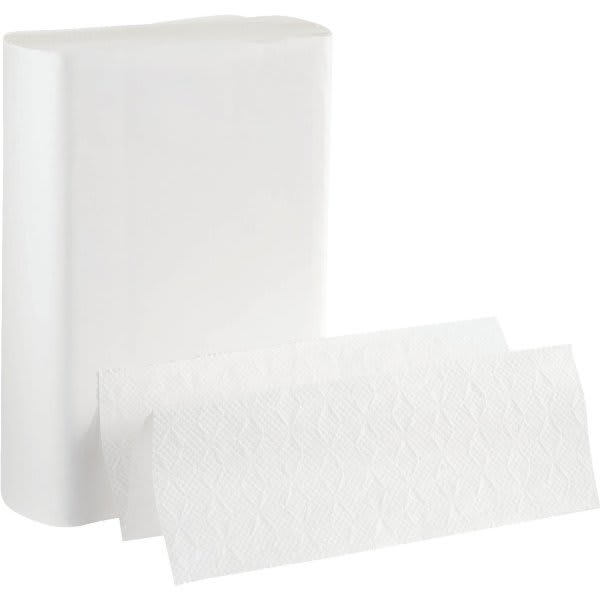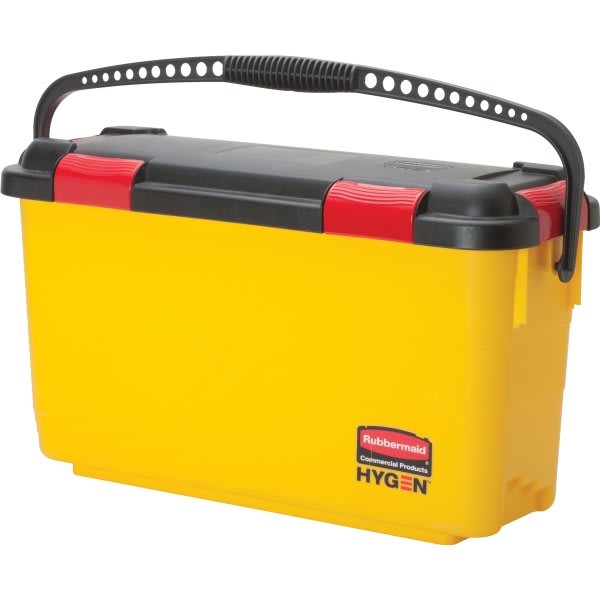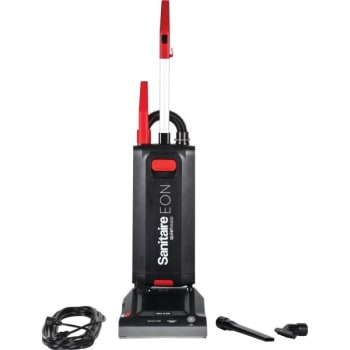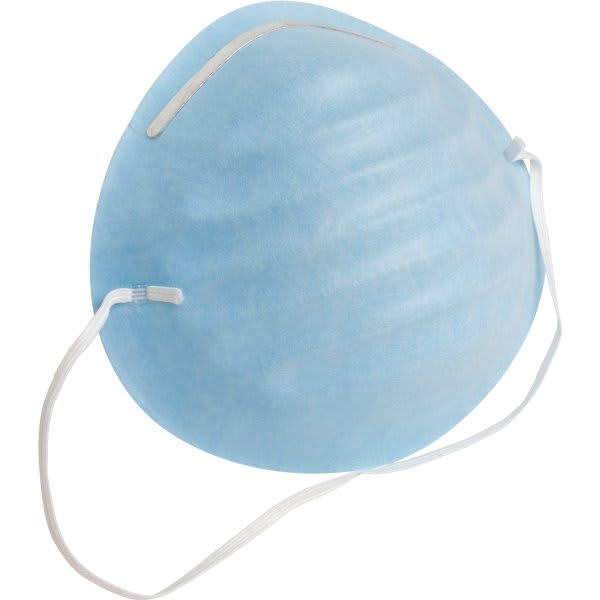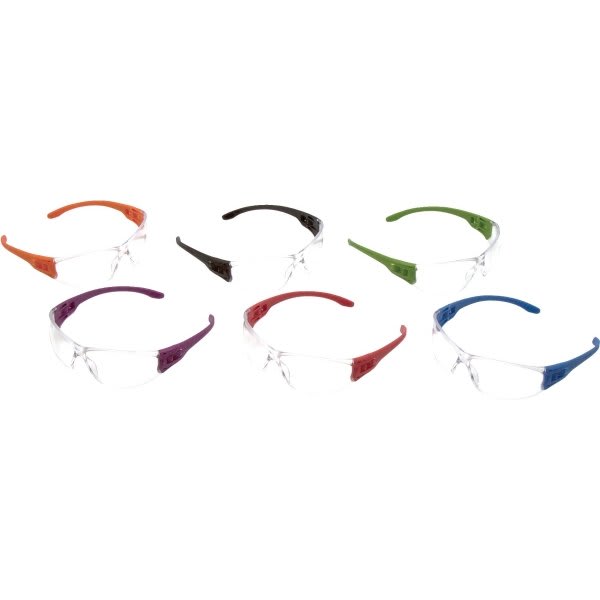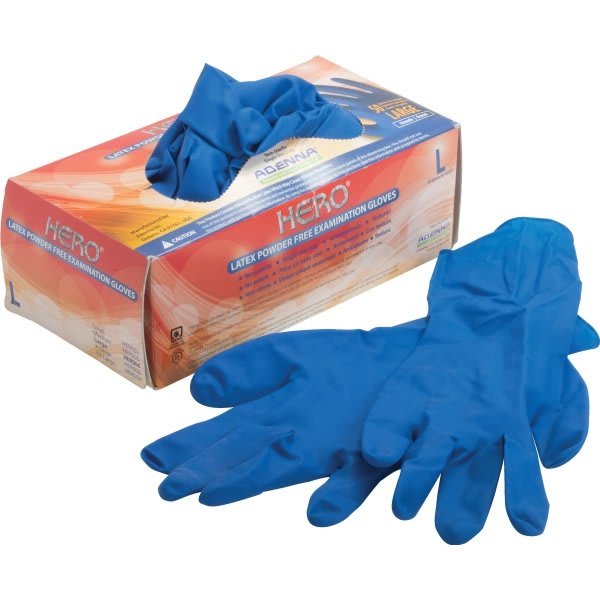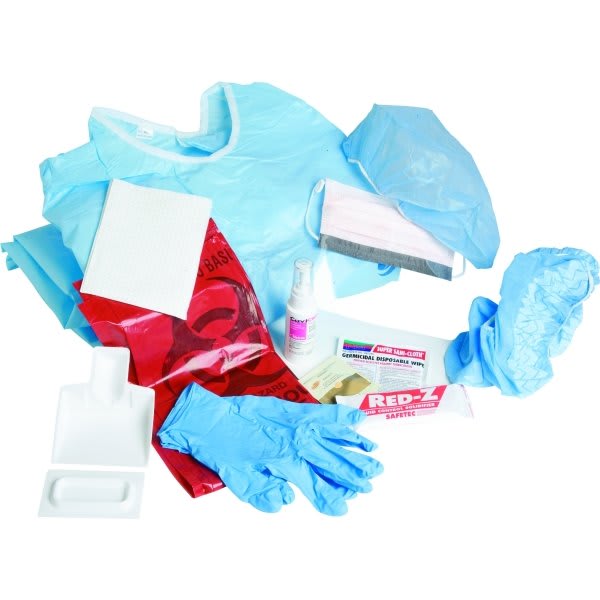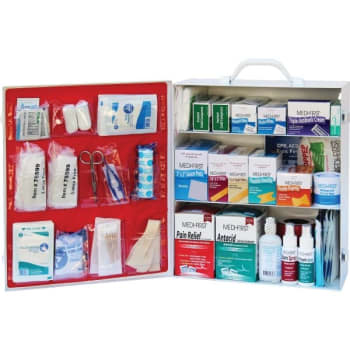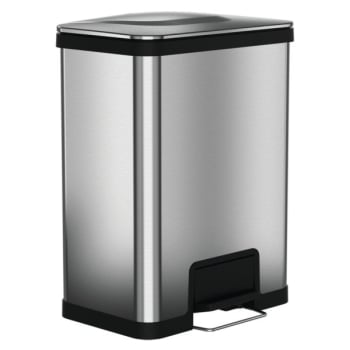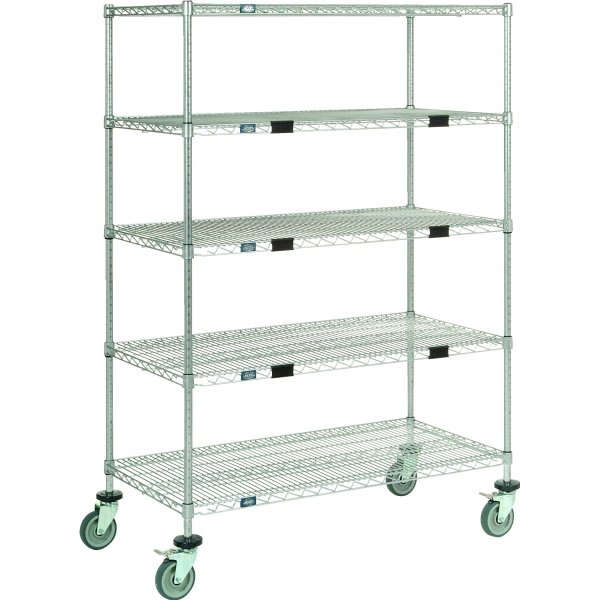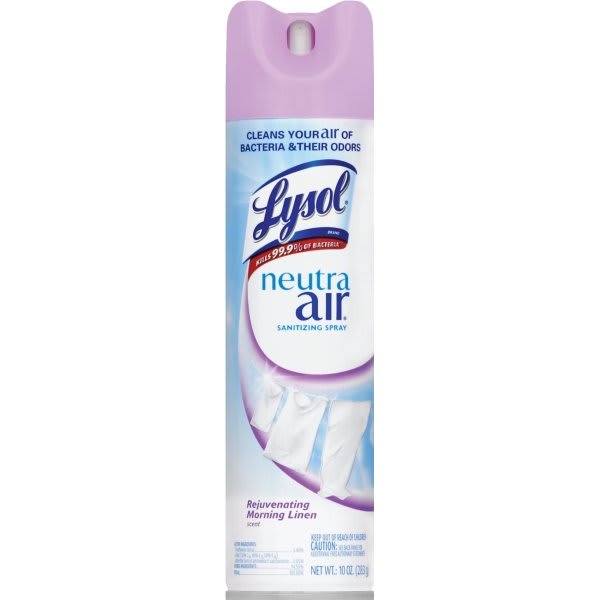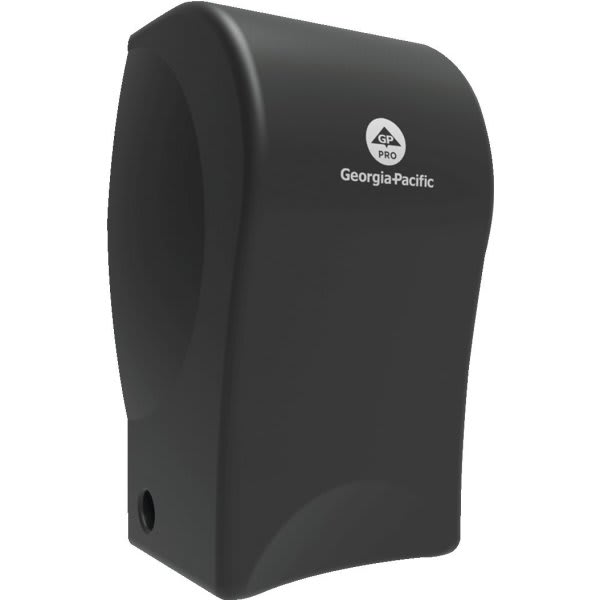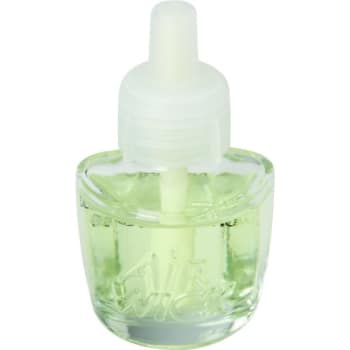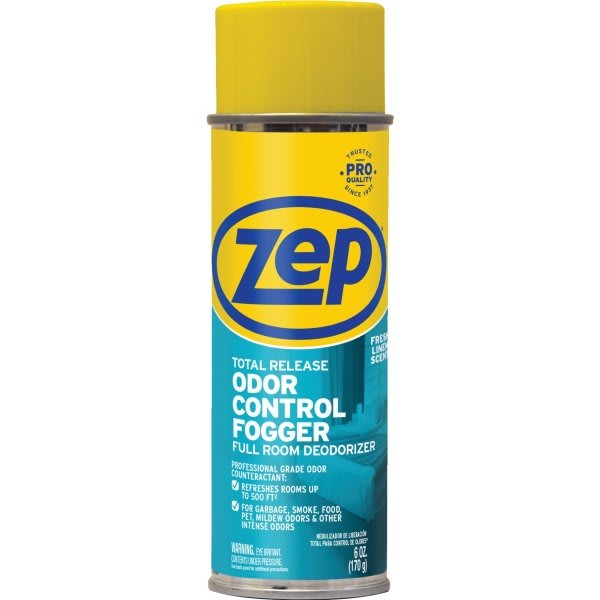
Community
Hygiene
HD Supply can help you create a safe and sanitary environment. We offer products for cleaning and disinfecting common areas and for promoting good hygiene throughout your community.
Hand Washing & Sanitizing
According to the CDC, "practicing hand hygiene is a simple yet effective way to prevent infections." Always clean your hands before eating; after using the restroom or assisting a resident with toileting; after touching medical equipment or a resident's personal belongings; and after bodily fluid exposure.1
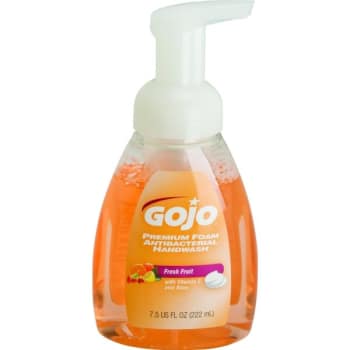 Hand
HandSoap
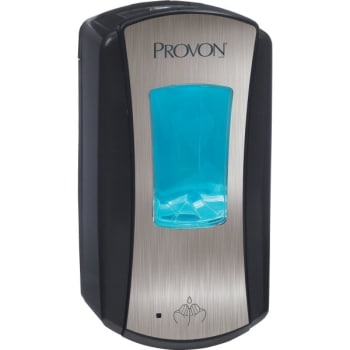 Soap
SoapDispensers
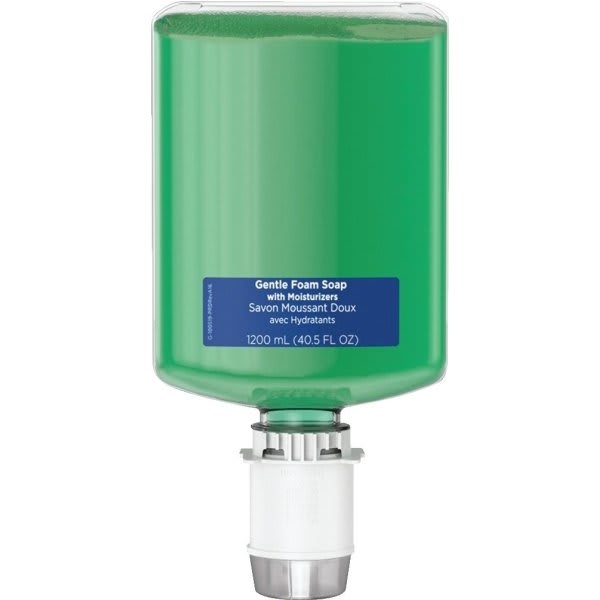 Soap
SoapDispenser
Refills
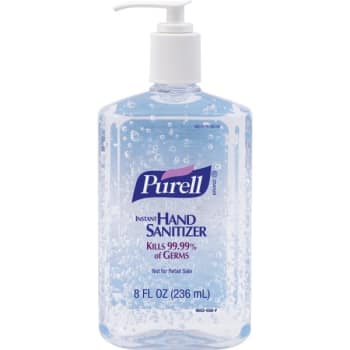 Hand
HandSanitizers
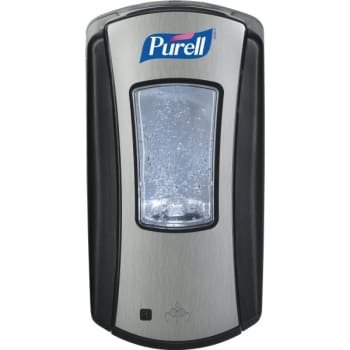 Hand Sanitizer
Hand SanitizerDispensers
& Refills
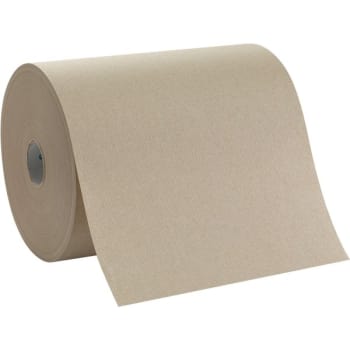 Rolled Paper
Rolled PaperTowels &
Dispensers
Did You Know?
Surveyors observe hand hygiene practices across various activities, including resident care, medication administration, dressing changes, and resident dining.
Cleaning & Disinfecting
Properly cleaning and disinfecting surfaces is essential for maintaining a sanitary community and minimizing the spread of germs. Cleaning helps remove soil and contaminants, while disinfection uses a disinfectant agent to kill harmful microorganisms.
Choosing The Right Disinfectant
Different applications call for different disinfectants. Consider the use, effectiveness, and contact time when making your choice.Quarternary Disinfectants These are effective, easy-to-use cleaners. Many are shelf-stable, nonirritating, one-step disinfectants.
Bleach Disinfectants These require a shorter contact time to kill bacteria and viruses. Many healthcare communities opt for bleach products for their value and versatility when diluted.
Hydrogen Peroxide Disinfectants These are fast-acting and gentler than bleach. These long-trusted disinfectants are effective on a variety of surfaces; however, they may damage some metals, so test-cleaning a small area is recommended.
Alcohol Disinfectants These are fast-acting, evaporate quickly, and don't leave any residue. In the healthcare setting, alcohol-based germicidal wipes are convenient and readily available for quick cleanup jobs.
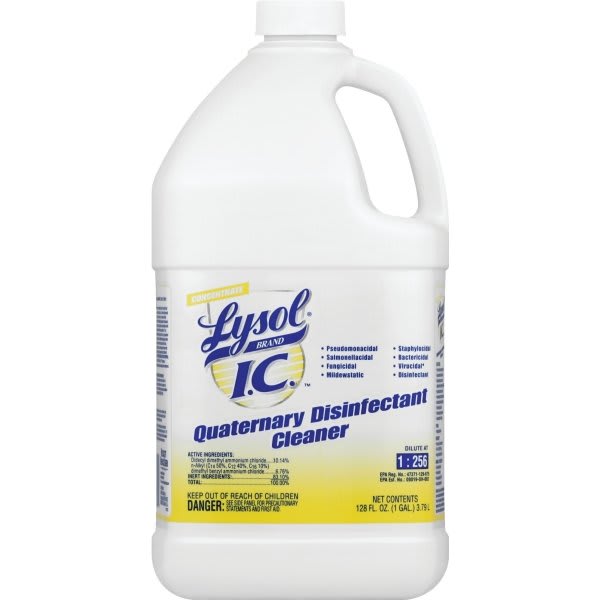 Quarternary
QuarternaryDisinfectants
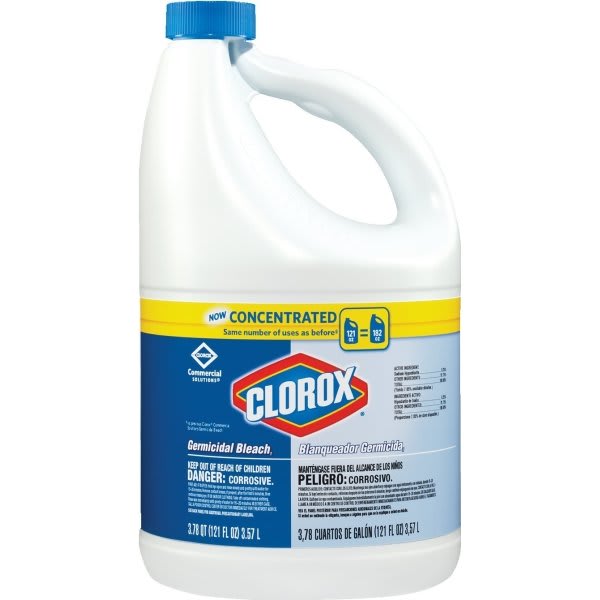 Bleach
BleachDisinfectants
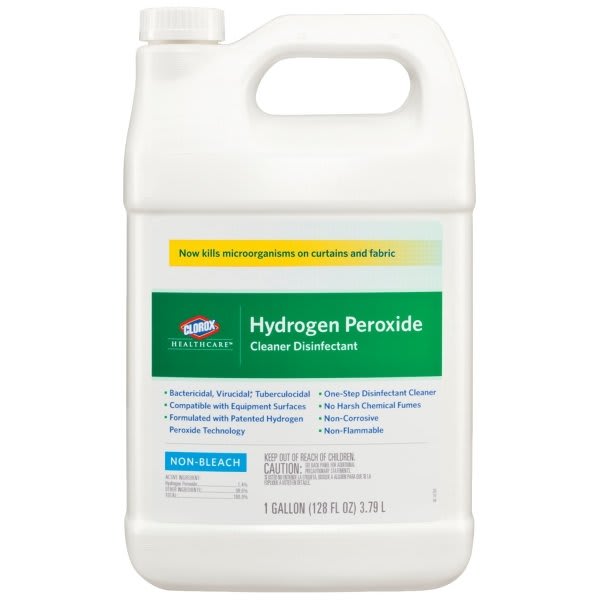 Hydrogen
HydrogenPeroxide
Disinfectants
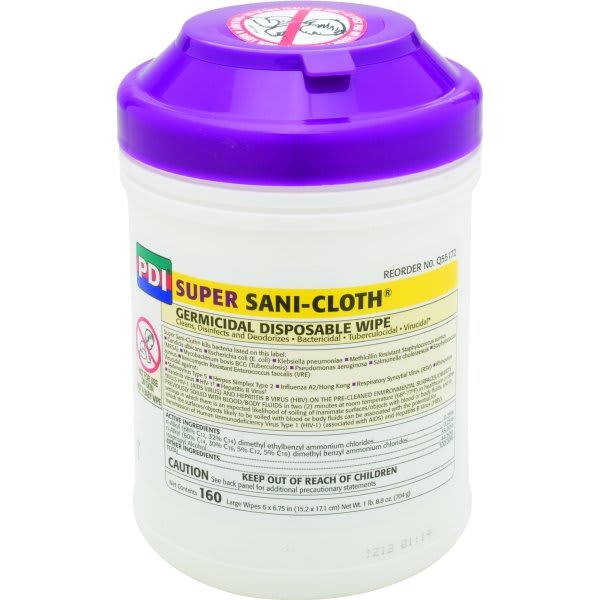 Alcohol
AlcoholDisinfectants
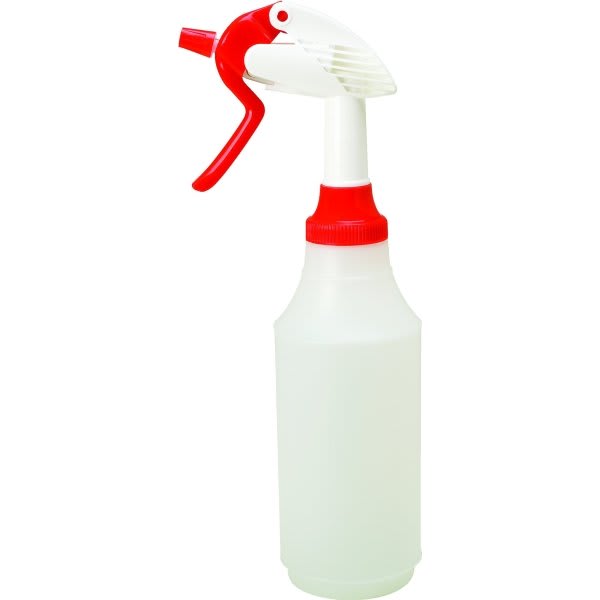 Spray Bottles
Spray Bottles& Labels
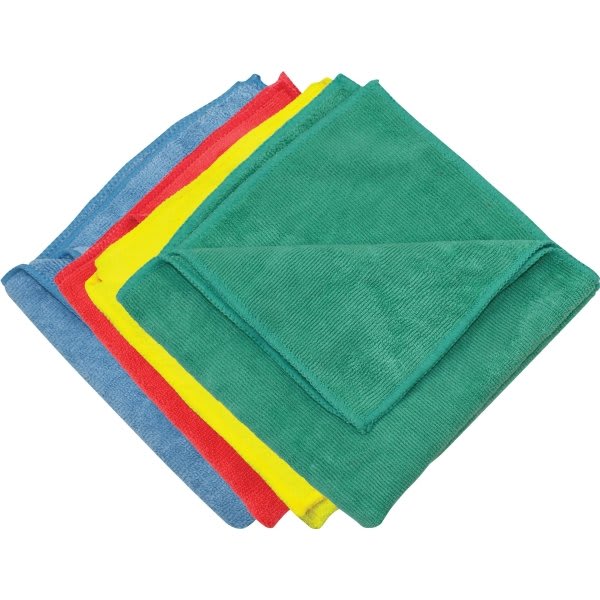 Towels, Rags
Towels, Rags& Wipes
Did You Know?
The flu virus can survive on soft surfaces for up to 12 hours and on hard surfaces for up to 48 hours.1 Using color-coded microfiber cloths can help communities prevent cross-contamination when cleaning multiple surfaces.
Personal Protective Equipment
More than 721,000 cases of healthcare-associated infections (HAIs) occur each year.1 OSHA and CDC guidelines strongly encourage wearing PPE to minimize the spread of and exposure to infection pathogens and workplace illnesses.
Choosing The Right Personal Protective Equipment
Select PPE based on comfort, fit, durability, and the type of exposure anticipated.Facial Protection Items that cover the nose, mouth, and eyes to prevent dangerous pathogens from entering the body.
Body Protection Items to use when cleaning highly contaminated areas or rooms where infectious residents have been treated.
Puncture-Resistant Gloves Items that provide a reliable line of defense against infectious agents.
1. New England Journal of Medicine, "Multistate Point-Prevalence Survey of Health Care-Associated Infections," Magill SS, et al., 2014.
Isolating Hazardous Materials
Hazardous wastes come in many forms: common garbage (paper, glass, and other municipal waste products), industrial waste (manufacturing and operational byproducts), medical waste, and more.
Senior living communities may receive an F-Tag citation if they are found in violation of certain federal regulations. Depending on the violation, these citations can be costly, so it's in a community's best interest to stay compliant. When it comes to infection prevention, F880 states, "The community must establish and maintain an Infection Control Program designed to provide a safe, sanitary, and comfortable environment and to help prevent the development and transmission of disease and infections."1
Isolation stations allow easy access to personal protective equipment, like gloves and masks, keeping your facility compliant and safe. Use appropriate laundry trucks and carts to appropriately treat contaminated fabrics.
Air Quality & Odor Control
Indoor air pollution can cause serious health problems. Most indoor air pollution comes from sources that release gases or particles into the air. Some building materials and many air fresheners give off pollution continuously. Because they affect quality of life, air quality and odor control are compliance issues covered under several CMS (Centers for Medicare & Medicaid Services) citations.

